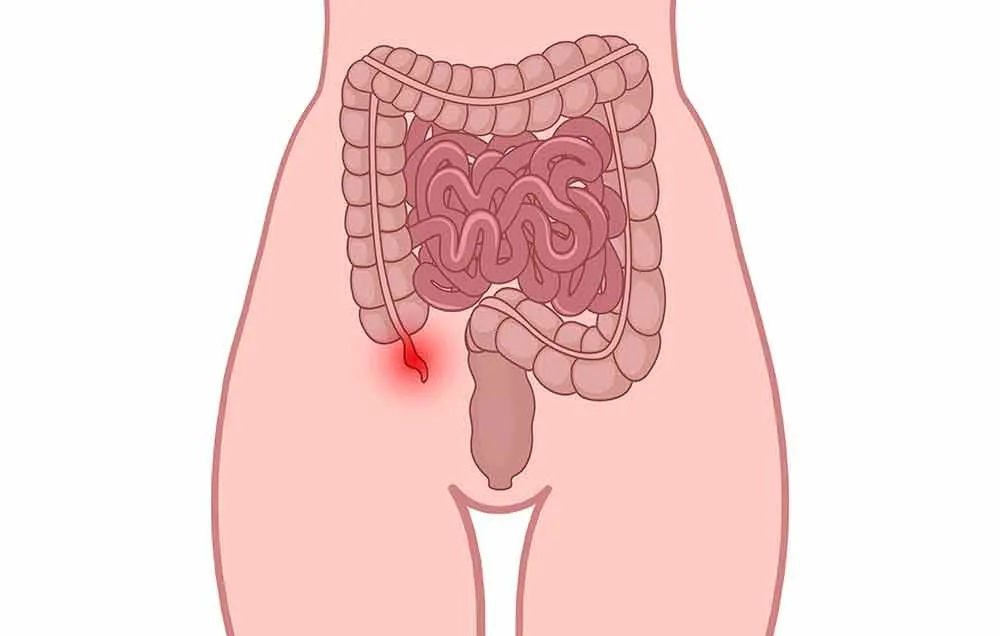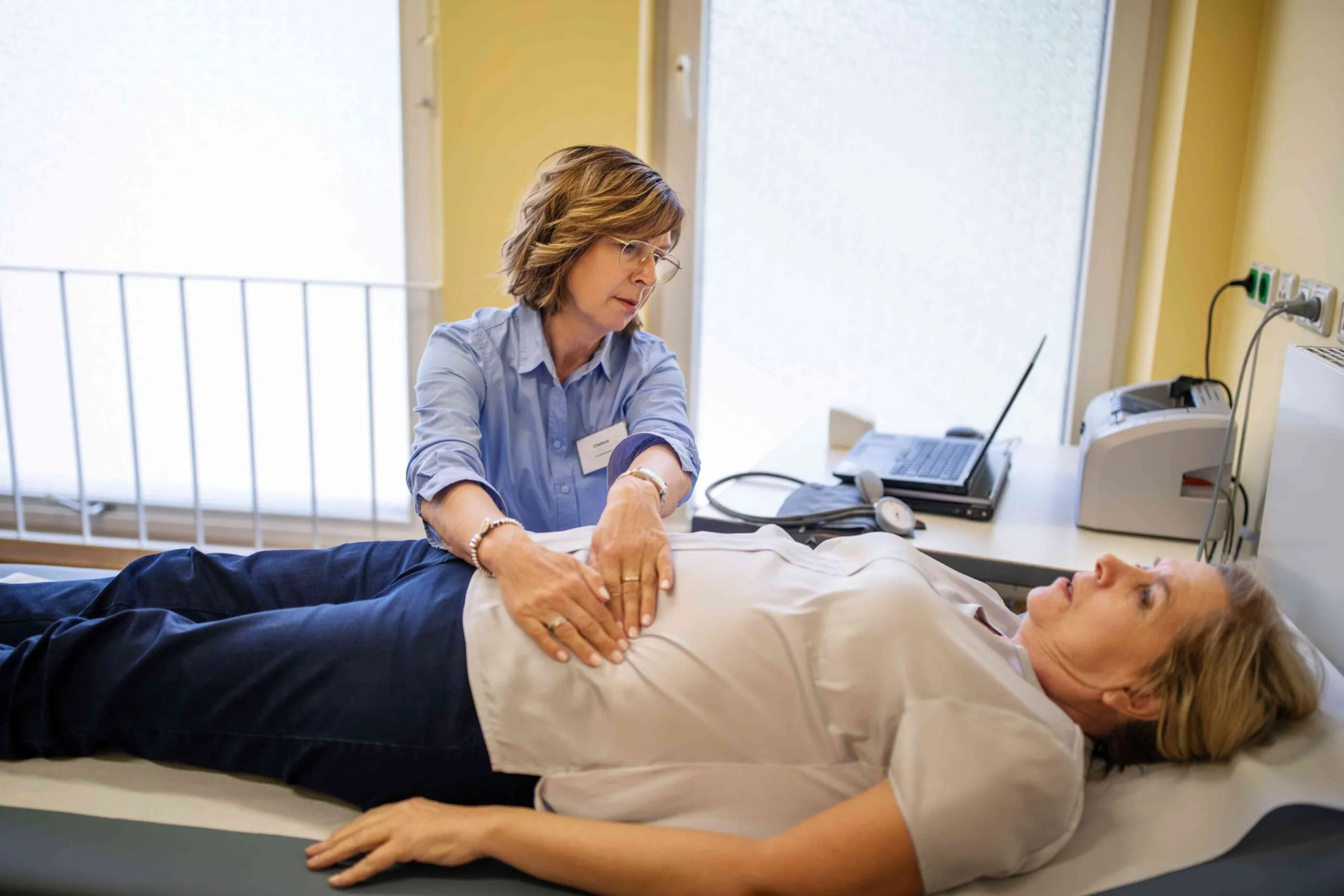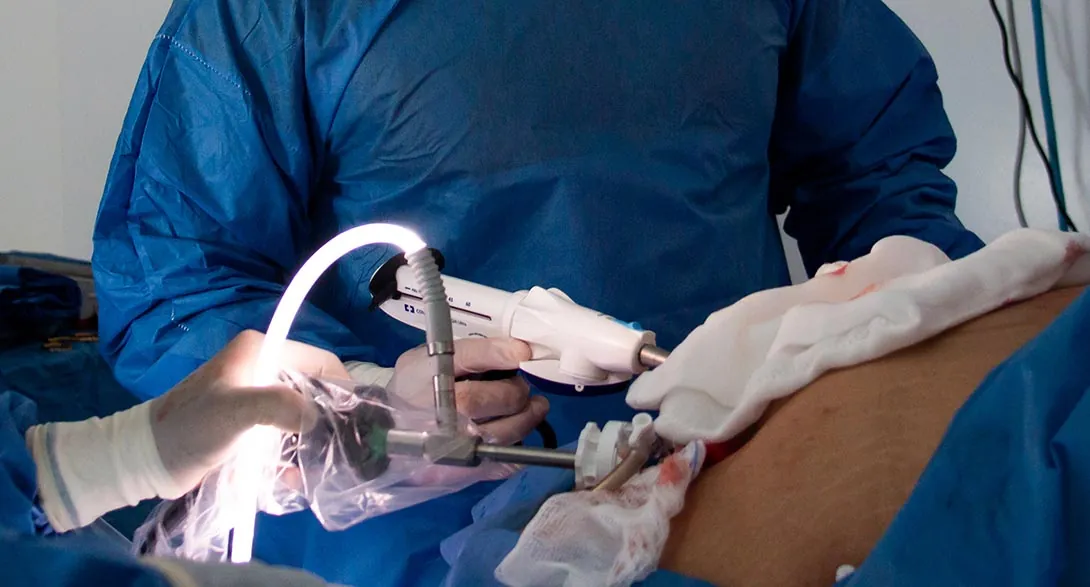If you’re worried about severe abdominal pain and wondering what are the symptoms of your appendix bursting, you are not alone. Understanding the warning signs of an appendix rupture—or perforated appendix—is critical because it is a medical emergency that requires immediate treatment to prevent serious complications, including life-threatening infections.
In this comprehensive guide, we’ll explore the symptoms, causes, what happens when your appendix bursts, and what you should do if you or someone you love experiences these symptoms. Whether you’re a concerned patient, caregiver, or simply want to be informed, this article will help you recognize when urgent care is necessary.
Understanding Appendix Rupture: What Does It Mean When Your Appendix Bursts?

The appendix is a small, tube-shaped organ located on the lower right side of your abdomen, attached to the large intestine. Appendicitis occurs when the appendix becomes inflamed and infected due to blockage or bacterial overgrowth.
If appendicitis is not treated promptly, the inflamed appendix can rupture or burst, releasing infectious material and bacteria into the abdominal cavity. This can cause peritonitis (infection and inflammation of the lining of the abdominal wall) and possibly septicemia (blood infection), both potentially fatal if untreated.
What Are the Symptoms of Your Appendix Bursting? Recognizing the Warning Signs
Knowing what are the symptoms of your appendix bursting helps you act quickly. Early intervention is crucial. The symptoms may evolve from mild or moderate appendicitis pain to severe, widespread abdominal distress.
Early Symptoms: Signs of Appendicitis Before Burst
- Abdominal pain usually begins near the belly button and shifts to the lower right abdomen.
- Loss of appetite.
- Nausea and vomiting.
- Mild fever (usually between 99°F and 100.5°F or 37.2°C to 38°C).
- Constipation or diarrhea.
- Difficulty passing gas.
Symptoms of Appendix Bursting: When Appendicitis Turns Critical

Once the appendix ruptures, symptoms generally worsen and change in nature.
1. Sudden Relief Followed by Severe Worsening of Pain
Some people feel a brief easing of abdominal pain right after the appendix bursts. This happens because the pressure inside the appendix is released. However, this relief is temporary. Pain then intensifies, spreading throughout the abdomen.
2. Severe Abdominal Pain and Tenderness
Pain becomes severe, constant, and generalized (felt all over the abdomen). The belly may become rigid or hard to the touch, a sign of peritonitis.
3. High Fever and Chills
While a mild fever may accompany early appendicitis, a burst appendix commonly causes a high fever over 101°F (38.3°C), often with chills or shivering.
4. Nausea, Vomiting, and Loss of Appetite
Persistent vomiting, inability to keep food down, and total loss of appetite are typical.
5. Abdominal Swelling and Bloating
Inflammation and infection cause the abdomen to swell or feel bloated, and you may notice it visibly distended.
6. Difficulty or Inability to Pass Gas or Have a Bowel Movement
This may indicate bowel obstruction secondary to inflammation in the abdomen.
7. Increased Heart Rate and Weakness
A racing pulse (tachycardia), weakness, confusion, or feeling faint may signal that infection is spreading (sepsis).
Other Possible Symptoms and Variations
- Pain that spreads to the back or pelvis: In some cases, especially if the appendix lies behind the colon, pain may radiate to the lower back or pelvic area.
- Rectal pain or fullness: Less common but can be a symptom in some rupture cases.
- Rapid breathing: Due to pain and fever.
- Sweating and clamminess.
Why It’s Crucial to Know the Symptoms of Your Appendix Bursting
Delay in diagnosis and treatment of an appendix rupture increases the risk of serious complications such as:
- Peritonitis: Dangerous infection of the abdominal lining causing extreme pain and systemic illness.
- Abscess formation: A localized pus collection requiring drainage.
- Sepsis: A life-threatening body-wide infection that can cause organ failure.
- Intestinal obstruction: Due to abdominal scarring or inflammation post-rupture.
According to medical studies, the risk of rupture rises significantly within 48 to 72 hours from symptom onset. Not everyone experiences identical symptoms, but severe and spreading pain with high fever and vomiting are red flags.
The Medical Complications Following an Appendix Rupture

Understanding what are the symptoms of your appendix bursting is essential, but knowing the potential complications that can arise afterward is equally crucial. A ruptured appendix doesn’t just cause pain and infection; it can lead to a cascade of health challenges requiring complex treatment.
Peritonitis: The Dangerous Spread of Infection
When the appendix bursts, bacteria and pus spill into the sterile environment of the abdominal cavity, causing peritonitis, a severe inflammation of the peritoneum (the lining of the abdomen). This infection spreads quickly and can cause intense abdominal pain and widespread tenderness.
Symptoms of peritonitis include:
- Severe abdominal pain that worsens with movement.
- Abdominal rigidity (the abdomen becomes hard on touch).
- High fever and chills.
- Rapid breathing and heartbeat.
- General weakness or confusion.
Peritonitis requires immediate intravenous antibiotics and emergency surgery to clean the abdominal cavity.
Abscess Formation: Body’s Attempt to Contain Infection
Sometimes, instead of spreading widely, the body tries to isolate the infection caused by the burst appendix by forming an abscess—a pocket of pus trapped within the abdomen. While an abscess helps localize infection, it needs to be treated either by drainage or surgery.
Signs of an abscess include:
- Persistent or worsening localized abdominal pain.
- Fever that may come and go.
- A tender lump or swelling that you or your doctor can feel.
- Malaise or fatigue.
Doctors may use imaging tools such as ultrasound or CT scans to detect abscesses, followed by interventional drainage or antibiotic therapy.
Sepsis and Septic Shock: Life-Threatening Infection
In advanced cases, infection from a burst appendix can enter the bloodstream, causing sepsis—a dangerous systemic response to infection. Sepsis can lead to widespread inflammation, blood clots, organ dysfunction, and sometimes death if untreated.
Symptoms of sepsis include:
- High fever or sometimes abnormally low body temperature.
- Rapid heart rate and breathing.
- Disorientation, dizziness, or reduced consciousness.
- Low blood pressure, cold or clammy skin.
Sepsis is a medical emergency requiring intensive care, intravenous antibiotics, and supportive treatments such as fluids, oxygen, or mechanical ventilation.
Diagnostic Challenges of a Bursting Appendix
Sometimes, recognizing what are the symptoms of your appendix bursting can be tricky because symptoms vary and can mimic other conditions.
Atypical Presentation
Not every person shows classic symptoms. For example, children, elderly people, and pregnant women may experience atypical or less localized pain, leading to delayed diagnosis and higher risk of rupture.
Confusion with Other Conditions
Symptoms of a ruptured appendix can resemble:
- Kidney stones or urinary tract infections.
- Gastrointestinal conditions like Crohn’s disease or diverticulitis.
- Ovarian cysts or ectopic pregnancy in women.
Therefore, doctors often rely on imaging (CT scan is gold standard), lab tests, and clinical judgement to confirm diagnosis.
Role of Imaging Tests
- CT Scan: Most sensitive and specific for appendicitis and rupture.
- Ultrasound: Preferred in children and pregnant women.
- MRI: Used when radiation exposure is a concern.
Blood tests show elevated white blood cells, signaling infection.
Surgical Treatments for a Bursting Appendix: What to Expect

Once diagnosed with a ruptured appendix, surgery is the main treatment, though approaches can differ depending on infection severity and patient condition.
Open Appendectomy vs. Laparoscopic Surgery
- Open Appendectomy: A larger abdominal incision allows surgeons to clean infection and remove the appendix. Often used if there is widespread infection.
- Laparoscopic Appendectomy: Minimally invasive with small incisions and camera guidance. Usually preferred for earlier or less complicated cases but sometimes augmented for ruptures.
Postoperative Management
Surgery alone may not be enough to clear infection from a burst appendix. Postoperative care often includes:
- Prolonged intravenous antibiotics for up to a week or more.
- Drainage of abscesses if needed.
- Monitoring for complications like bowel obstruction or infections at the surgical site.
- Gradual reintroduction of diet and physical activity.
How to Differentiate Between Appendicitis, Burst Appendix, and Other Abdominal Emergencies
Knowing what are the symptoms of your appendix bursting lets you detect life-threatening emergencies, but it’s also important to distinguish from other causes of acute abdominal pain.
Appendicitis (Pre-Rupture) vs. Ruptured Appendix
- Appendicitis: Localized pain usually starting near the belly button then moving to the lower right abdomen, often accompanied by mild fever.
- Burst appendix: Sudden worsening pain, spreading across the abdomen, with high fever, severe tenderness, and signs of systemic infection.
Kidney or Gallbladder Problems
- Pain from kidney stones tends to be sharp, cramping, and may radiate to the groin.
- Gallbladder pain occurs in the upper right abdomen, often after fatty meals.
Gynecological Emergencies (in women)
- Ovarian cyst rupture or ectopic pregnancy cause lower abdominal or pelvic pain but are often associated with vaginal bleeding or other reproductive symptoms.
Always seek urgent medical evaluation to differentiate between these, especially if pain is severe and persistent.
Prevention and Early Intervention: Minimizing Risks of Appendix Bursting
While it’s impossible to prevent appendicitis entirely, being aware of early symptoms and acting quickly can minimize the risk of rupture.
Health Awareness Tips
- Don’t ignore persistent abdominal pain that gets worse over hours.
- If you experience loss of appetite, nausea, and mild fever along with localized abdominal pain, seek prompt medical advice.
- Keep track of symptom progression and don’t delay visits to the emergency room.
- Encourage children, elderly relatives, and those with communication challenges to express abdominal discomfort early.
Risk Factors Associated with Rupture
- Delayed diagnosis or treatment.
- Age extremes: young children and older adults may present atypically.
- Preexisting abdominal infections or immune system compromise.
Living With the Aftermath of a Bursting Appendix: Long-Term Outlook
Recovery can be challenging after a rupture. Some patients experience:
- Longer hospital stays.
- Scar tissue formation leading to bowel obstructions.
- Possible need for further surgeries.
- Psychological stress or anxiety related to the emergency.
Good postoperative care, follow-up appointments, and adhering to medical advice are crucial for optimal recovery.
How to Respond If You Suspect Your Appendix Has Burst
Immediate Steps to Take
- Seek emergency medical care immediately. Do not delay.
- Do not eat, drink, or take painkillers before seeing a doctor as this may interfere with diagnosis or surgery.
- Avoid driving yourself—have someone take you to the hospital or call emergency services if you are severely ill.
Diagnostic Procedures
Doctors may perform:
- Physical exam: Checking abdominal tenderness and rigidity.
- Blood tests: To check for infection.
- Imaging: CT scan, ultrasound, or MRI to confirm rupture or inflammation.
Treatment
- Surgery (usually appendectomy) is essential. For ruptured appendix, surgery is often combined with drainage of abscesses if present.
- Intravenous (IV) antibiotics to control infection.
- Hospitalization for close monitoring and recovery.
What Does Recovery Look Like After an Appendix Bursts?
Recovery after a ruptured appendix can be longer and more complex compared to simple appendicitis.
- Hospital stay may last several days or weeks, depending on complications.
- Postoperative care includes antibiotics, pain management, and sometimes further interventions for abscesses.
- Full recovery can take weeks to months, requiring follow-up to monitor for complications.
Preventing Appendix Rupture: Recognizing Early Warning Signs of Appendicitis
The best way to avoid an appendix bursting is early diagnosis and treatment of appendicitis. If you experience:
- Persistent pain in the lower right abdomen,
- Nausea or vomiting,
- Mild fever,
- Loss of appetite,
seek medical advice promptly. Early surgical removal of an inflamed appendix prevents rupture.
What Are the Symptoms of Your Appendix Bursting?
- Sharp, severe abdominal pain that spreads widely.
- Sudden worsening of symptoms following brief relief.
- High fever above 101°F (38.3°C).
- Abdominal swelling and tenderness.
- Persistent nausea and vomiting.
- Difficulty passing gas or stools.
- Rapid heartbeat, weakness, or confusion.
If you experience these symptoms, act immediately to prevent life-threatening complications.
Conclusion
Knowing what are the symptoms of your appendix bursting can save your life or the life of someone you know. Appendix rupture is a medical emergency requiring urgent surgical care. Early recognition, prompt treatment, and understanding the evolving symptoms of appendicitis are your best defenses.